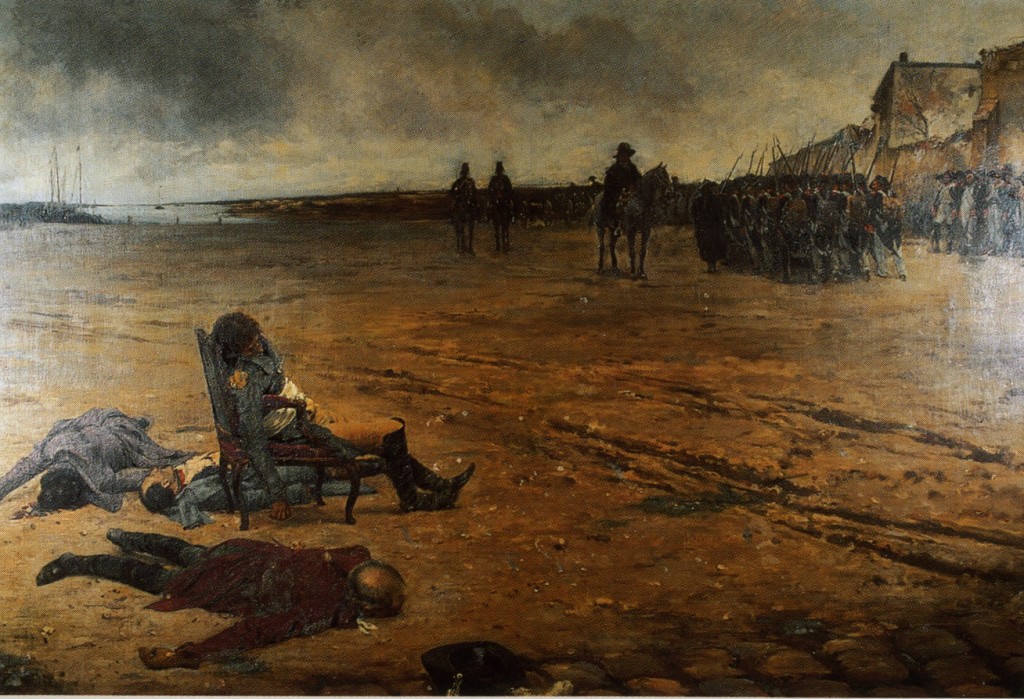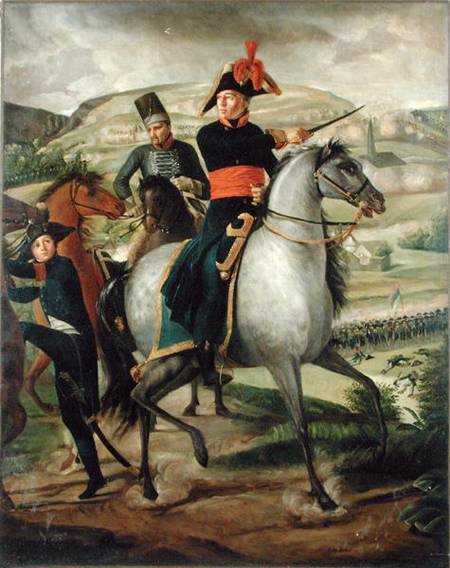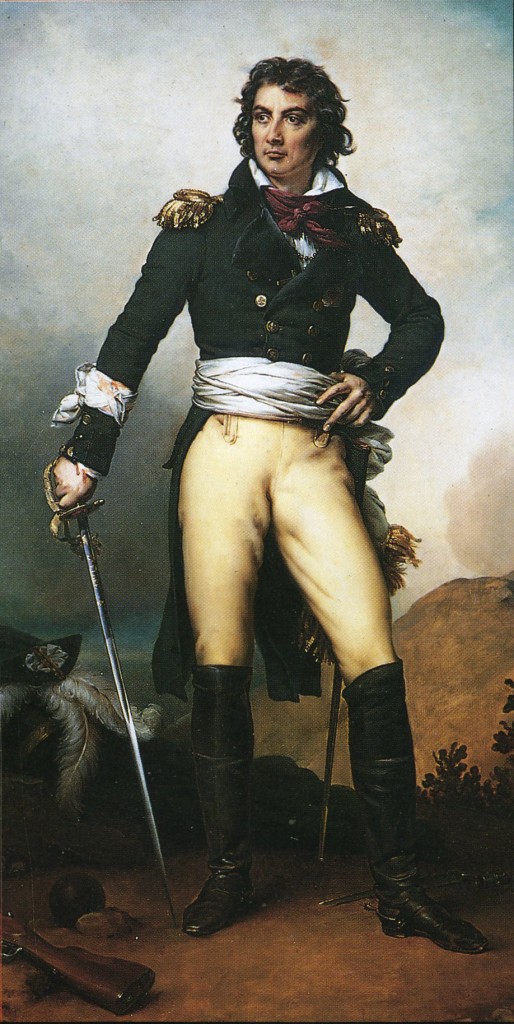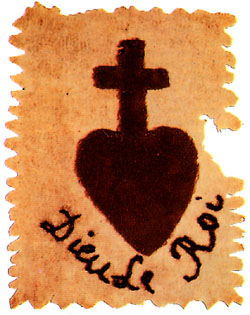Death of the Vendean generalissimo Maurice d’Elbee

Execution of General d’Elbée. d’Elbée had been severely wounded at the battle of Cholet in 1793. He was removed to the island of Noirmoutier to be executed. However, his injuries were such that he had to be seated in an armchair to face the execution squad.
The value of their victory was doubled by the discovery that D’Elbée was among the vanquished. “Look,” said one of the commissioners of the Convention, “here is D’Elbée!”
“Yes,” was the answer, “here is your greatest foe; and had I been able to fight, you had not been here.”
“What will you do, if we give you your life?”
“Commence the war again.”
Turreau attempted to worm out of him some information about the insurgents, but in vain; he was much struck with his firmness, but could not understand his religious principles. It seemed to him incomprehensible that a man of intelligence should attach the slightest importance to this or that form of worship. When he saw that nothing was to be learned from him, he ordered him to be shot; and after five days’ torture, he was led out to the tree of liberty along with two of his comrades.
As the word was about to be given to the executioners to fire, one of the commissioners observed that there were “only three victims; the number four, as being square and symmetrical, was more agreeable to the eye.” “Well,” said another, “there is Wieland,* take him.” Wieland was accordingly taken, although he was a sincere republican, tied to the stake, and shot. The next morning the wife of D’Elbée shared her husband’s death, and showed herself worthy of her lord.

General Louis Marie Turreau de Garambouville, who ordered the murder of fifteen hundred unarmed men.
* [Wieland, the republican governor of the small town of Barbastre, had been defeated shortly before by Charette. He was being held prisoner in the town of Barbastre, when the Blues reconquered the town from the Royalist insurgents.]
George J. Hill, The Story of the War in La Vendée and the Little Chouannerie (New York: D. & J. Sadlier & Co. n.d.), pp. 116-117.












